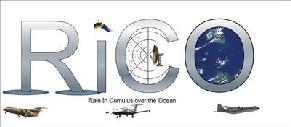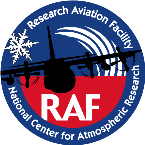
Project # 2005-135 RICO
Rain In Cumulus over the Ocean
Principal Investigator(s): Bob Rauber, Harry Ochs, et al.
NSF/NCAR C-130Q Hercules (N130AR)


|
Project # 2005-135 RICO Rain In Cumulus over the Ocean Principal Investigator(s): Bob Rauber, Harry Ochs, et al. NSF/NCAR C-130Q Hercules (N130AR) |

|
Digital Images and MPEG Movies
by Stuart Beaton, July 2005